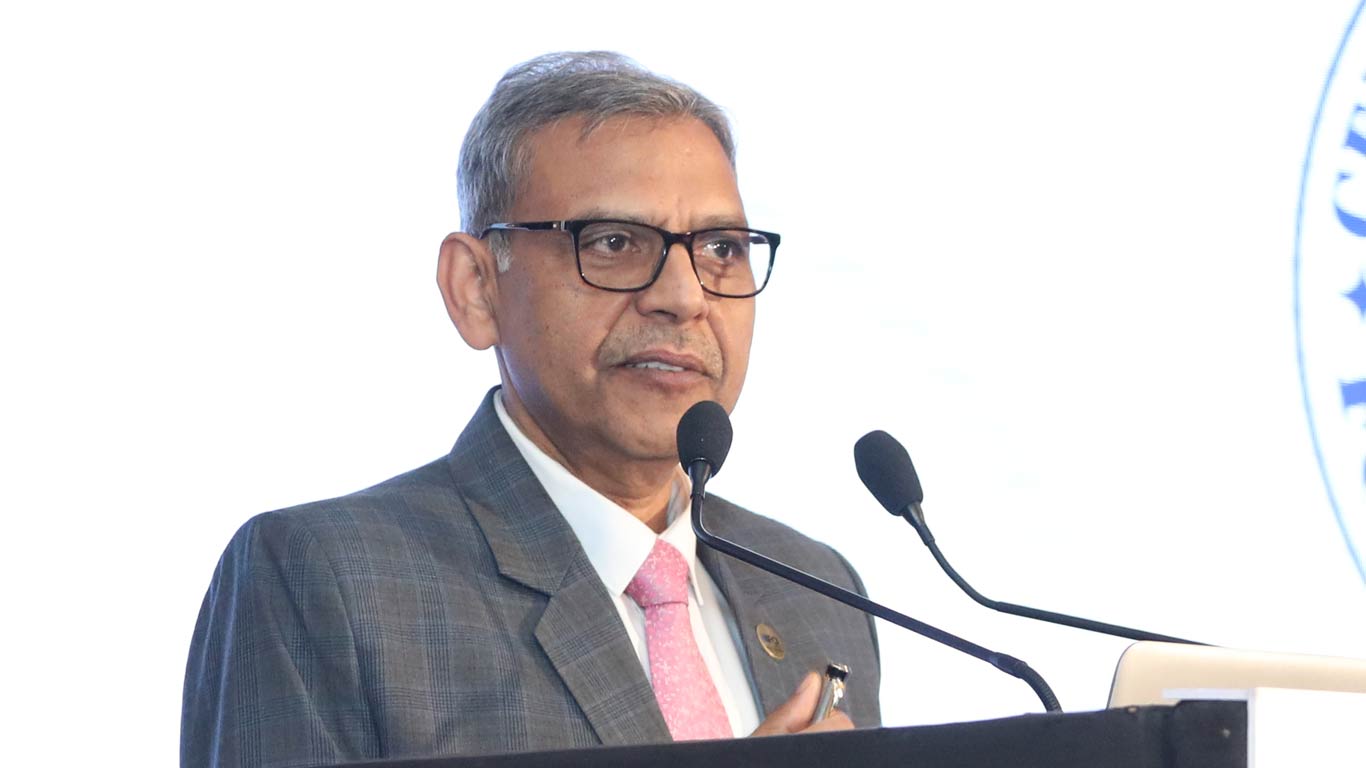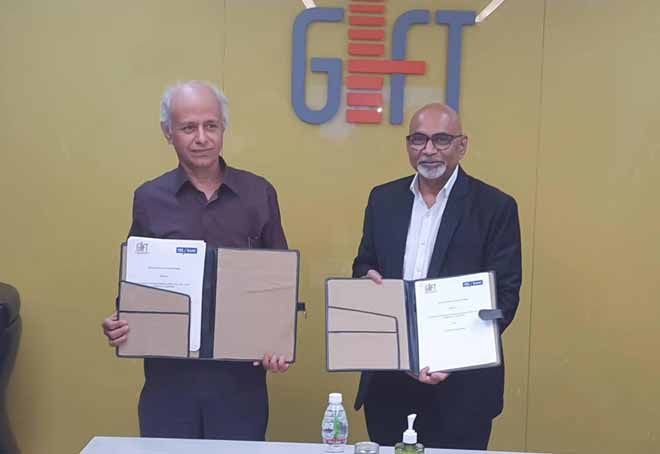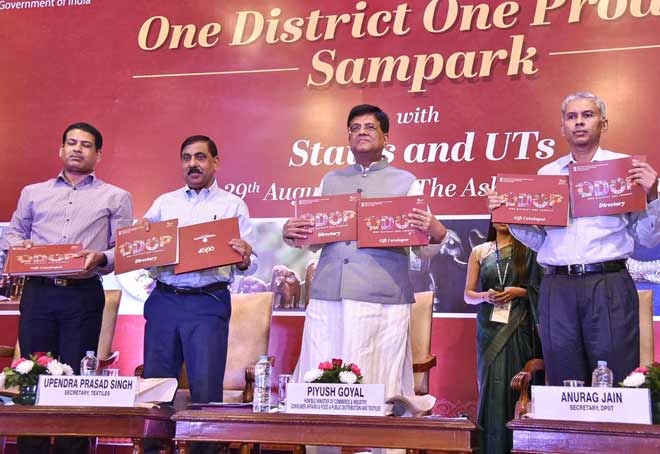Sericulture Industry employs over 700,000 farm families
Updated: Sep 09, 2013 03:26:33pm
Indian silk Industry is the second largest producer of silk, contributing to about 18 per cent to the world production. It has shown significant growth both domestically and internationally fuelled by new innovations in the field. The industry is an integral part of the Indian Textile Industry and among the oldest industries in India.
The silk industry in the country engages around 60 lakh workers and it involves small and marginal farmers. The Ministry of Textiles is adopting several initiatives to boost the production and export of silk. Production of Raw Silk which comprises of mulberry, tassar, Eri and Muga has increased significantly to 18,272 MT in 2012-13 from 16,360 MT in 2010-2011. The production of silk yarn has also increased from 880 mt in 2010-2011 to 1,155 Mt in 2012-13.
The Government of India through the Central Silk Board (CSB) has taken a few steps to develop the silk industry and to increase the silk production in the country to make it more competitive with the global markets. Strengthening the research and development systems, evolving Bivoltine Breds with assistance from Japan International Co-operation agency, promulgation of Silkworm Seed Act are some of the initiatives that the Ministry of textiles has taken. The Textiles Ministry through the Central Silk Board is also implementing centrally sponsored schemes in collaboration with the state Sericulture Departments in different states.
The Government of India through Central Sericulture training Institute of Central Silk Board (CSB) has been providing the technical support for post Cocoon sector, including the weaving sector. Introduction of all four varieties of silks to handloom weavers, introduction of spun silk as weft yarn in Ikkat weaving, conversion of traditional Patola fabrics in to garments are some of the extension programmes that have been carried out by the Ministry of Textiles.
To promote silk infrastructure in the country, Central Silk Board has trained a total of 2,225 beneficiaries in a bid to improve their skills in the first year of 12th Five year Plan (2012-3).
Today the Indian silk industry is already a major player in the global scenario and growth prospects for the sector appear to be bullish. Measures such as promoting further economic and technological research activities in various aspects of sericulture, standardization and quality control of products from silk are needed. (PIB-KNN)











